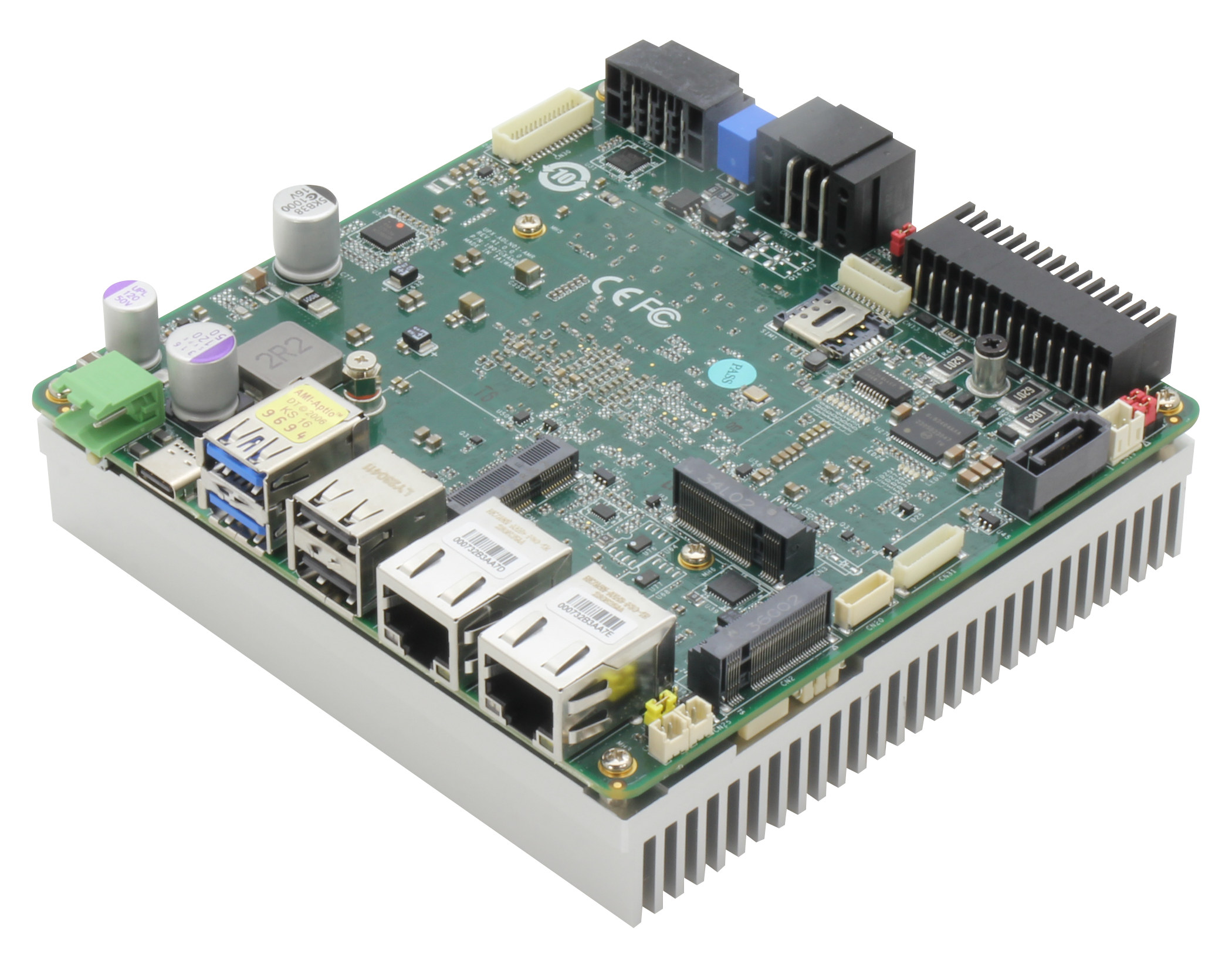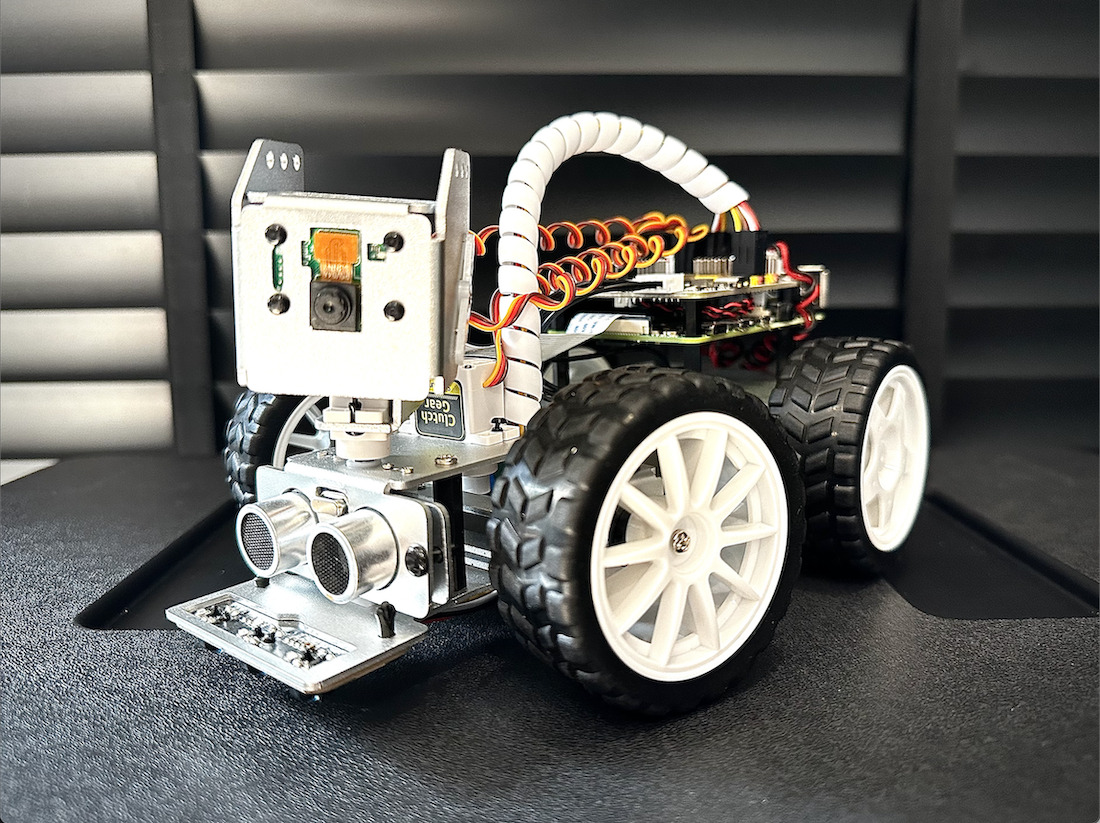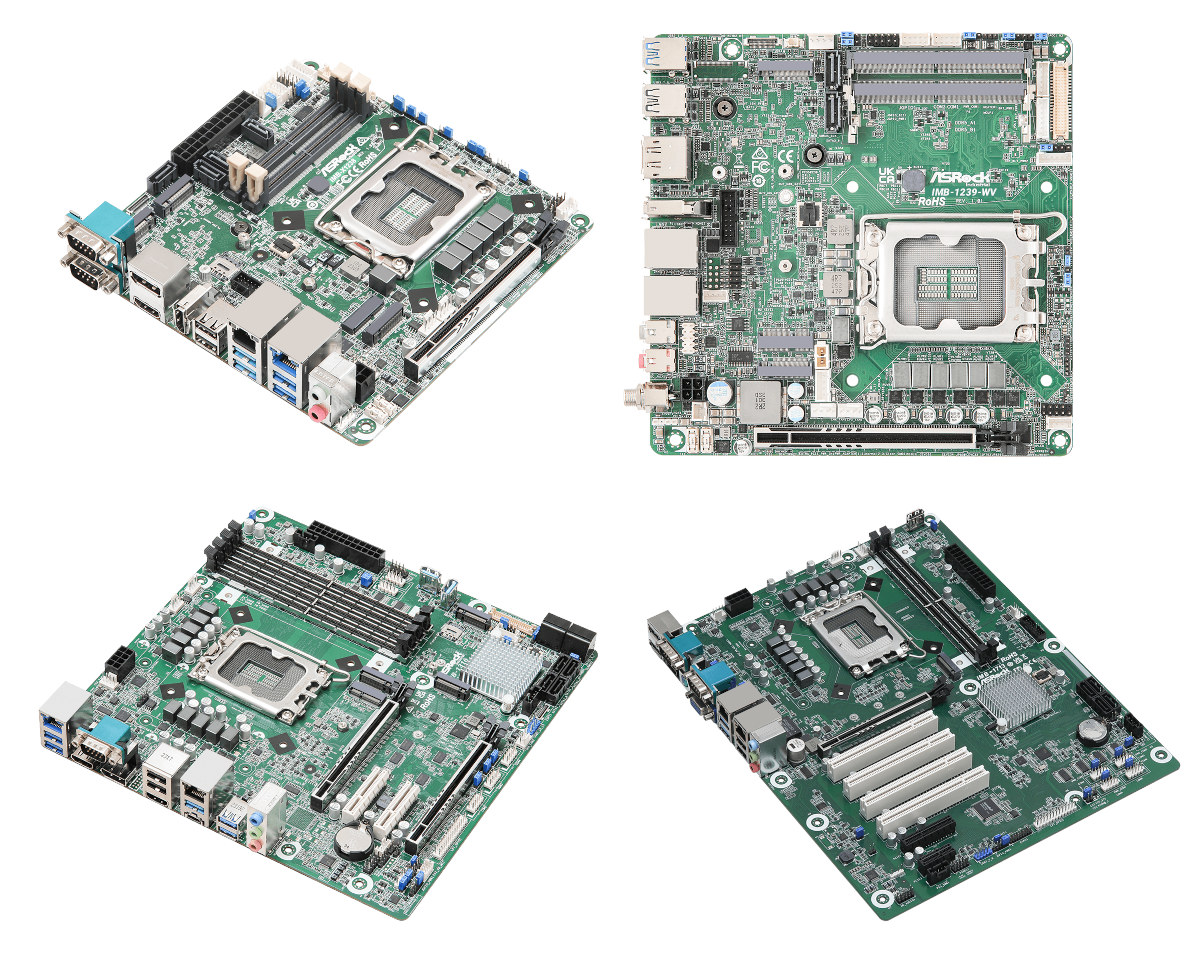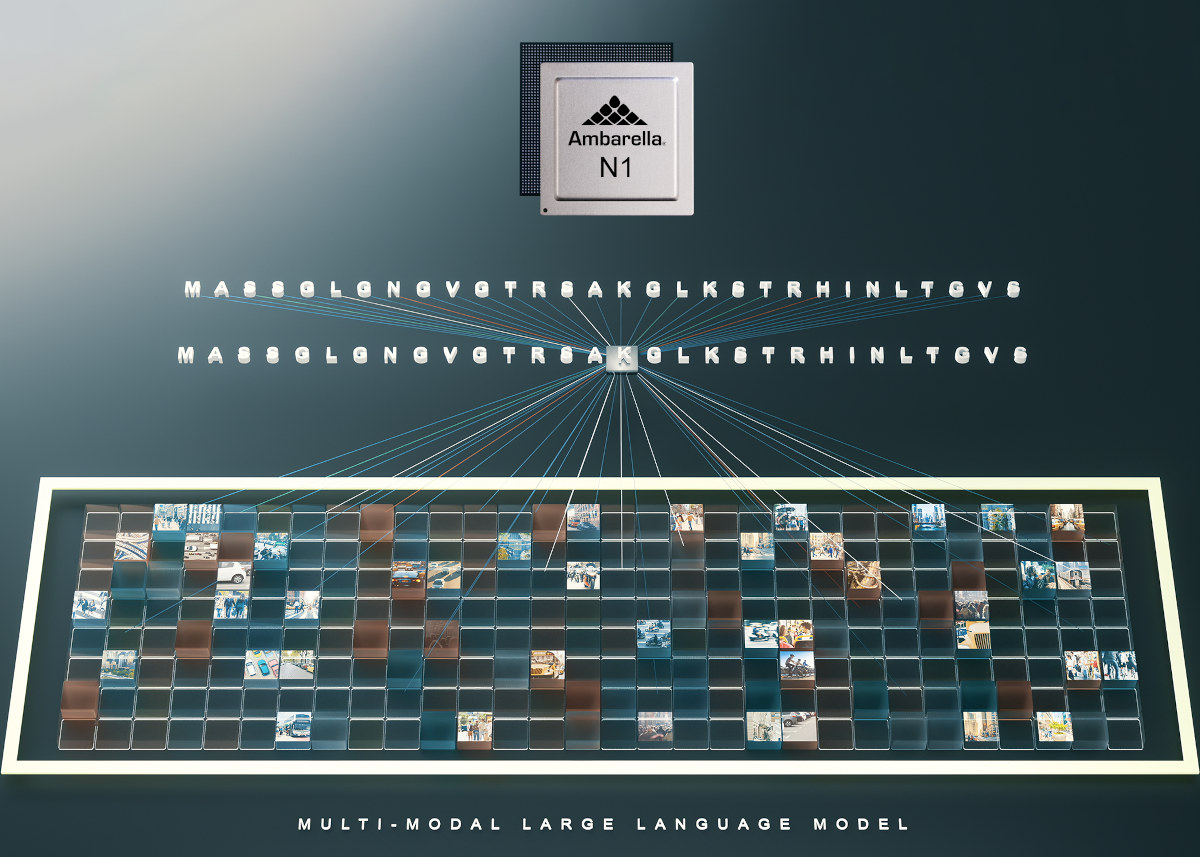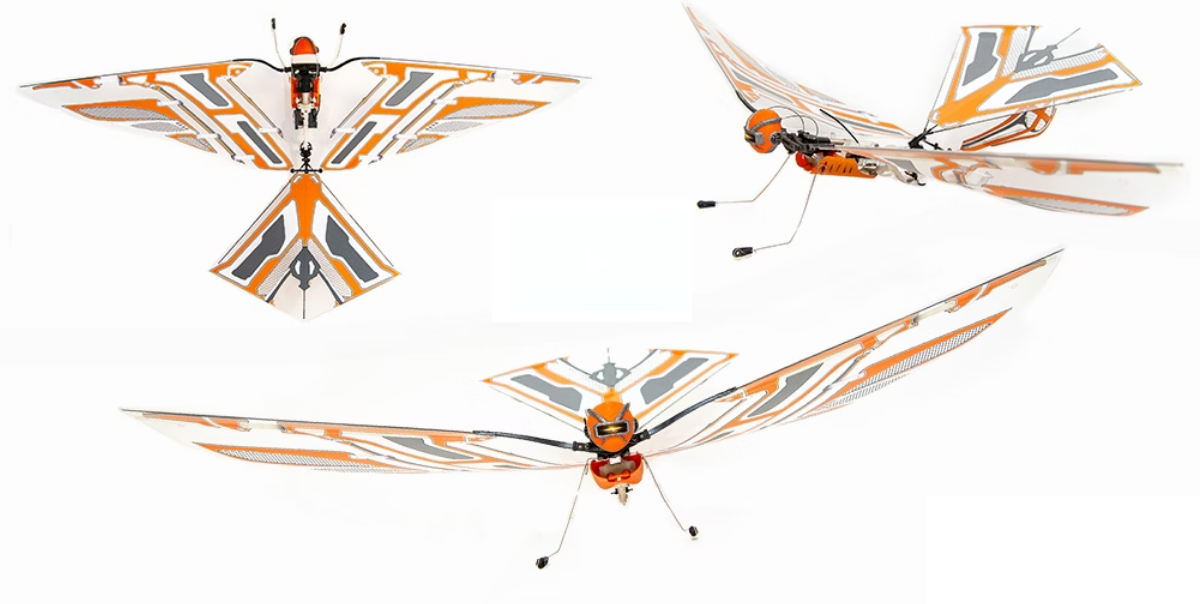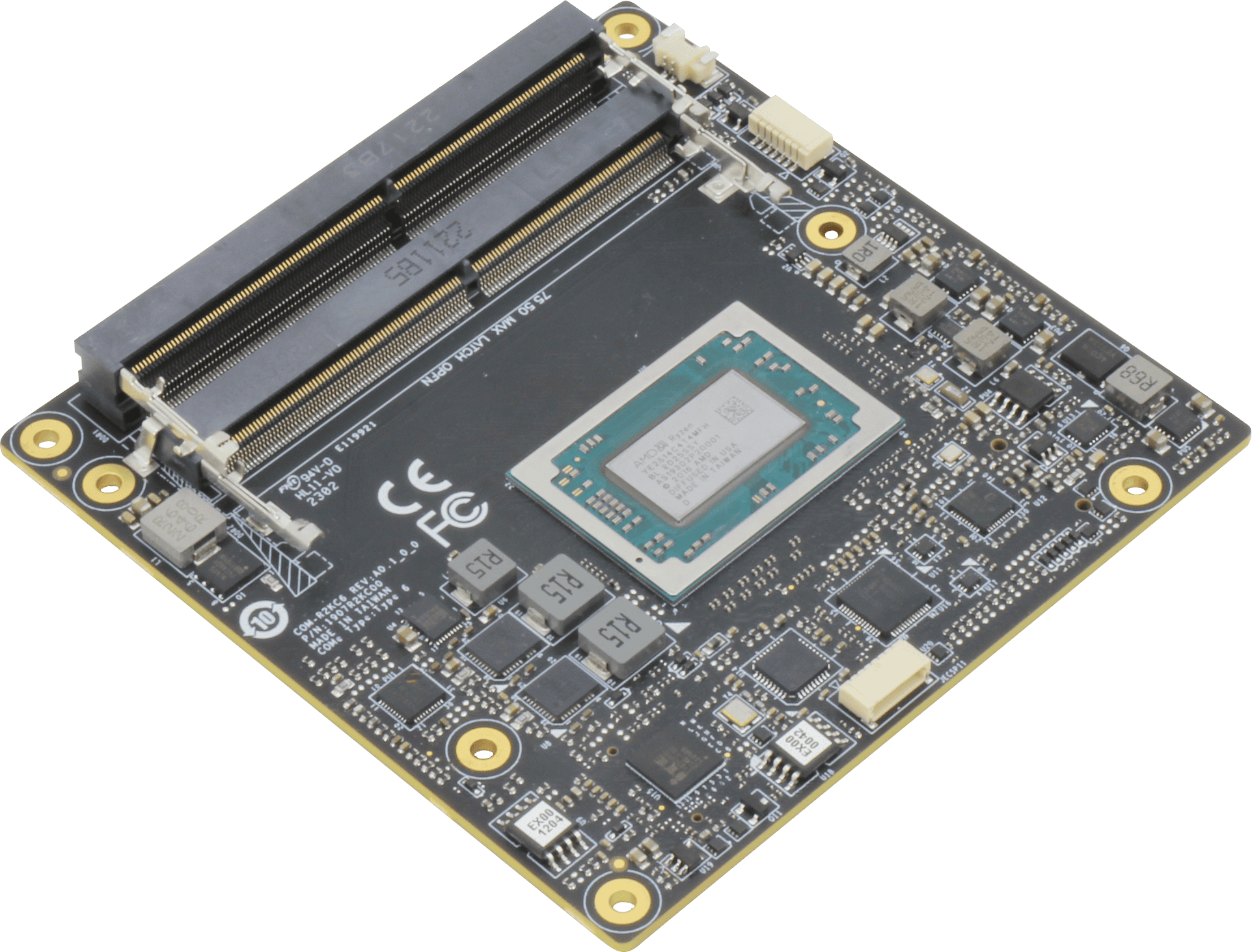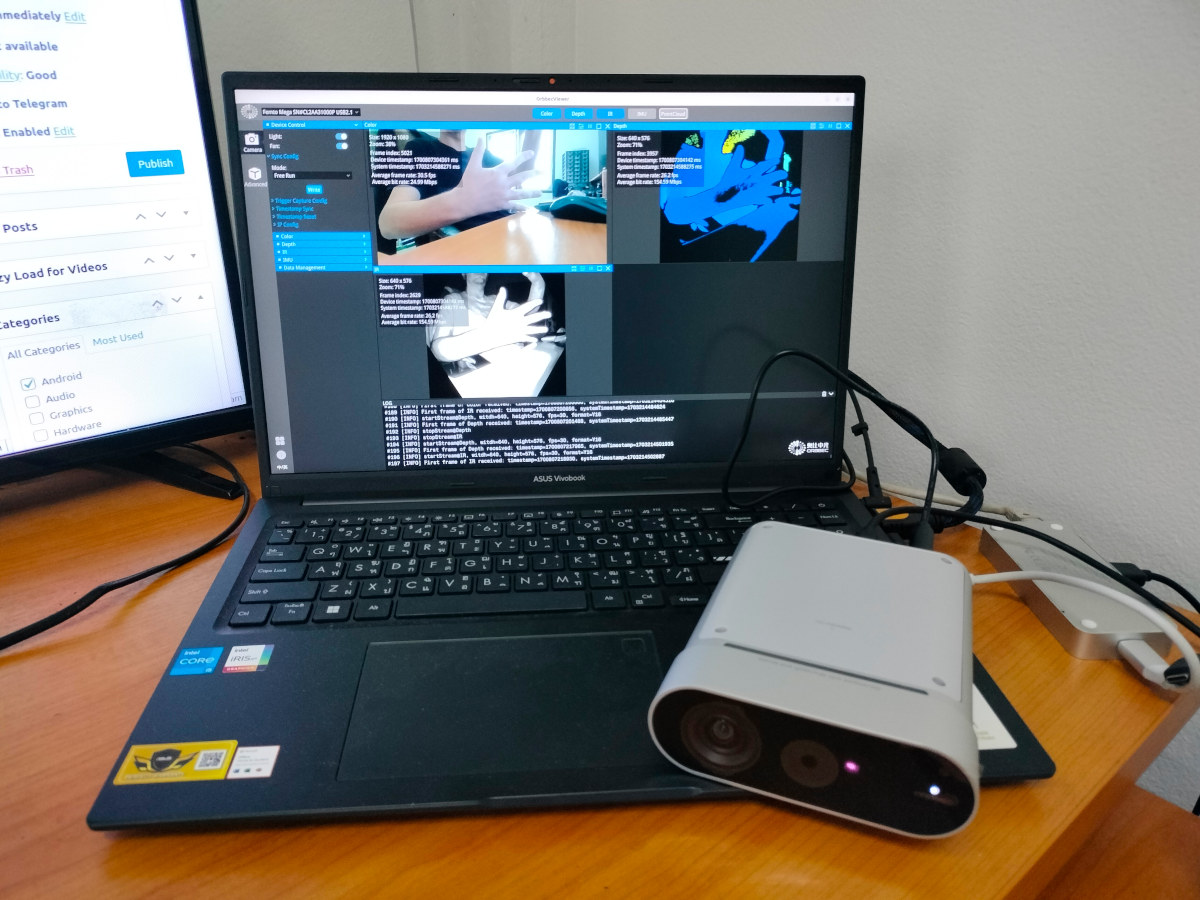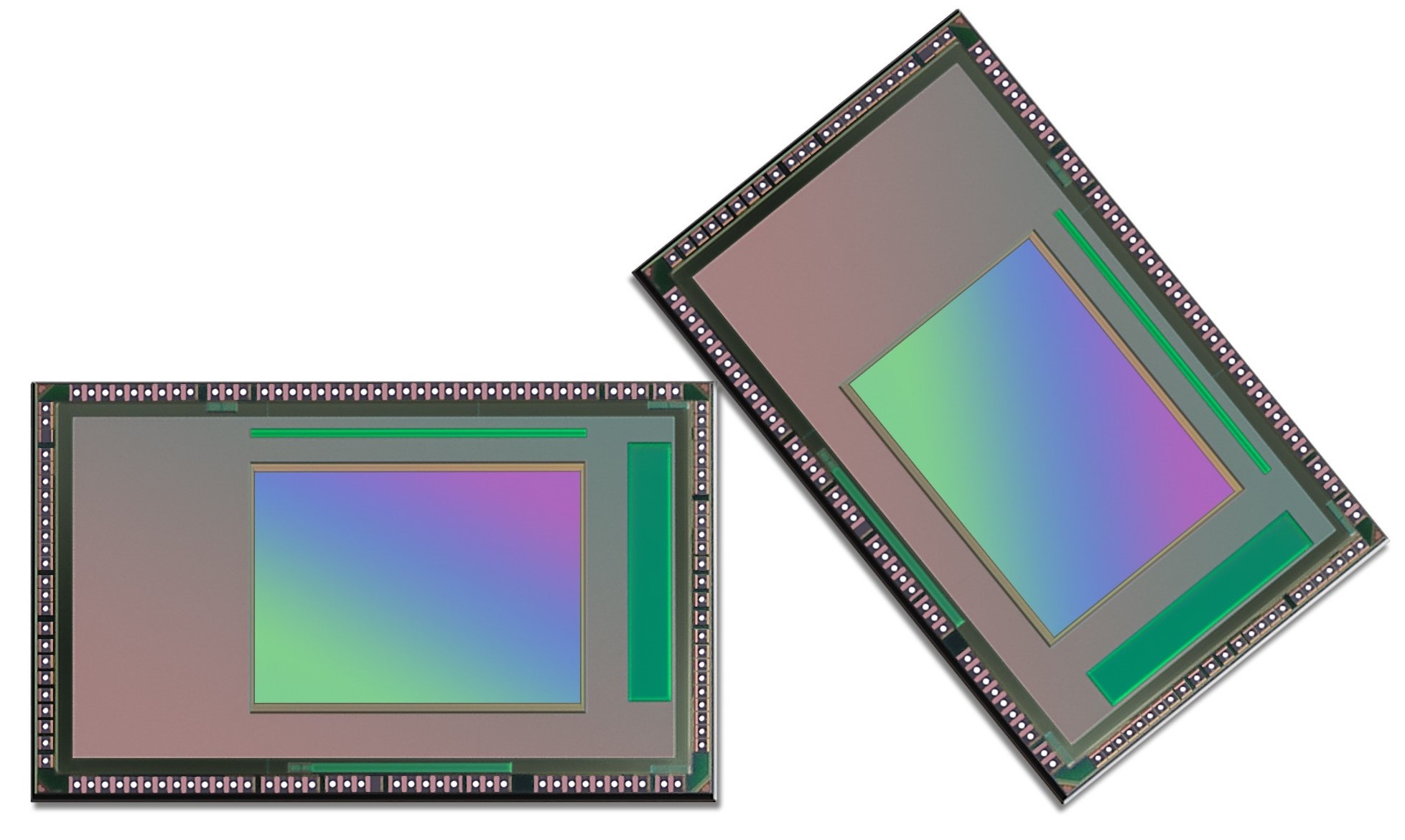AAEON UP Xtreme 7100 SBC and Mini PC powered by an Intel Core i3-N305 or Processor N97 Alder Lake-N CPU and designed as an “all-in-one robotics solution” providing the sensor data processing, graphics, and other resources required for path planning and control algorithms used in AGVs (automated guided vehicles) and AMRs (autonomous mobile robots). The UP Xtreme 7100 single board computer and UP Xtreme 7100 Edge mini PC are both offered in compact form factors suitable for robots and feature terminal blocks for serial communication (RS-232/422/485 port and CAN bus) and a 30-pin Phoenix connector with 24V digital I/O and GPIOs. Other features useful for industrial use include 9V to 36V DC input, vibration/shock resistance, and lockable I/O ports. UP Xtreme 7100 specifications: Alder Lake N-series SoC (one or the other) Intel Processor N97 quad-core processor up to 3.6 GHz with 6MB cache, 24EU Intel UHD Graphics Gen 12 @ […]
SunFounder PiCar-X 2.0 review – A Raspberry Pi 4 AI robot car programmable with Blockly or Python
SunFounder PiCar-X 2.0 is an AI-powered self-driving robot car using the Raspberry Pi 3/4 as the main processing board. It is equipped with a camera module that can be moved by a 2-axis servo motor, allowing the camera to pan or tilt, an ultrasonic module for detecting distant objects, and a line detection module. The PiCar-X robot can also perform computer vision tasks such as color detection, face detection, traffic signs detection, automatic obstacle avoidance, and automatic line tracking. The PiCar-X can be programmed with two computer languages: Blockly-based Ezblock Studio drag-and-drop program and Python, and the robot works with OpenCV computer vision library and TensorFlow for AI workloads. Finally, you can also control the robot through the SunFounder controller application on your mobile phone. The company sent us a sample of the Picar-X 2.0 for review, so let’s get started. SunFounder PiCar-X 2.0 robot overview The PiCar-X robot kit […]
ASRock Industrial upgrades mini-ITX, micro-ATX, and ATX motherboards for Intel Core 14th Gen Raptor Lake-S Refresh processors
ASRock Industrial has just announced 25 (twenty-five!) industrial motherboards powered by 14th gen Intel Core Raptor Lake-S Refresh hybrid processors with up to 24 cores and 32 threads introduced last October, and supporting up to 96GB DDR5 4800/5600 memory. The thin and high-rise mini-ITX, micro-ATX, and ATX industrial motherboards support up to four 4K displays, PCIe Gen5 interfaces, up to three 2.5GbE ports (and 10GbE LAN for the IMB-X1316-10G model), and USB 3.2 Gen2x2 (20 Gbps) ports for factory automation, robotics, machine vision, smart retail, kiosks, digital signage, gaming, security, and more. I would usually list the specifications of the motherboards, but since we have 25 different models, I’ll skip that and provide a summary. One reason ASRock Industrial has so many models is that those are existing motherboards with socketed processors and the company offered 12th and 13th gen CPUs so far, and the company simply updated the BIOS […]
Ambarella N1 SoC brings Generative AI to the edge for video analytics, robotics, industrial applications
Ambarella has been working on adding support for generative AI and multi-modal large language models (LLMs) to its AI Edge processors including the new 50W N1 SoC series with server-grade performance and the 5W CV72S for mid-range applications at a fraction of the power-per-inference of leading GPU solutions. Last year, Generative AI was mostly offered as a cloud solution, but we’ve also seen LLM running on single board computers thanks to open-source projects such as Llama2 and Whispter, and analysts such as Alexander Harrowell, Principal Analyst, at Omdia expect that “virtually every edge application will get enhanced by generative AI in the next 18 months”. The Generative AI and LLM solutions running on Ambarella AI Edge processors will be used for video analytics, robotics, and various industrial applications. Compared to GPUs and other AI accelerators, Ambarella provides AI Edge SoC solutions that are up to 3x more power-efficient per generated […]
This New X-Fly drone mimics a bird’s flight (Crowdfunding)
Aeronautical engineer Edwin Van Ruymbeke has introduced X-Fly, a drone that emulates the flight pattern of a bird. The drone communicates via Bluetooth using the STM32WB15CC microcontroller, has a range of 100 meters, and can fly for 8-12 minutes with a swappable battery system. The company mentions that they have collaborated with the French military to develop the flapping wings mechanism, which incorporates gyroscopes and g-sensors, ensuring a stable flight. The drone can be controlled with a smartphone app or an attachable optical joystick and It’s also durable against crashes, has a quick-swap battery system, and improved wing mechanics for longer flights. We’ve previously covered drones such as the Qualcomm Flight RB5-based drone Kudrone Nano Drone and some drone kits like Qualcomm Flight Pro. Feel free to explore these if you’re interested. Key Features and Specification of X-Fly Drone: Control Board – The PCB features an STM32WB15CC Bluetooth microcontroller, motor […]
AAEON COM-R2KC6 – A COM Express Module featuring the AMD Ryzen Embedded R2000 Series
AAEON, a Taiwan-based hardware manufacturer, has released the COM-R2KC6, a new COM Express module in the Type 6 compact form factor. This computer-on-module board is the first COM Express module to feature AMD’s mid-range processor series, the Ryzen Embedded R2000 series. The R2KC6 will be sold with an R2000 CPU, with TDP ranging from 15W to 45W and up to 4 cores and 8 threads (4C/8T). The R2000 SoCs provide up to two times the I/O connectivity and CPU core count of their R-series predecessors. Relatedly, ADLINK recently announced a COM Express Type 7 module based on AMD’s Ryzen Embedded V3000 processor. The COM-R2KC6 supports four simultaneous 4K displays through an embedded DisplayPort (eDP) connector and three Digital Display Interface (DDI) connectors. This means the integrated AMD Radeon Vega 8 graphics card can be used to its maximum potential. Additional graphics support is available through the board’s PEG x4 slot. […]
Orbbec Femto Mega 3D depth camera review – Part 1: Unboxing, teardown, and first try
Orbbec sent us a Femto Mega 4K RGB and 3D depth and camera for review. The camera is powered by an NVIDIA Jetson Nano module, features Microsoft ToF technology, and outputs RGB, TOF, and IR data through a USB-C port or a gigabit Ethernet port. I’ll start the two-part with an unboxing, a teardown, and a quick try with the OrbbecViewer program on Ubuntu 22.04 in the first part of the review because checking out the software and SDK in more detail in the second part later on. Femto Mega depth and RGB camera unboxing I received the camera in a cardboard package showing the camera model and key features: “ORBBEC Femto Mega DEPTH+RGB CAMERA”. The package’s content is comprised of a USB-C cable to connect to the host, the camera, and a 12V/2A power adapter. The front side of the camera features the RGB camera sensor, the TOF (Time-of-Flight) […]
Samsung announces ISOCELL Vizion 63D and Vizion 931 sensors for robotics and extended reality applications
Samsung Electronics, the world’s second-largest technology company by revenue, has introduced two new camera sensors in its ISOCELL Vizion lineup, the Vizion 63D and the Vizion 931. The Vizion 63D is the world’s first indirect time-of-flight (iToF) sensor with an integrated depth-sensing image signal processor (ISP) according to the company, and is tailored for capturing high-resolution 3D images. The Vizion 931 is a global shutter sensor that has been optimized to capture rapid motion without visible distortion. The 63D is an indirect time-of-flight sensor that measures the phase shift between emitted and reflected light and uses this measurement to construct a 3D map of its surroundings. It features an integrated image-signal processor that performs depth sensing and can reportedly process images at up to 60 frames per second in QVGA resolution (320×240). Vizion 63D captures images at a pixel size of 3.5 µm (the industry’s smallest in iToF sensors, according […]


